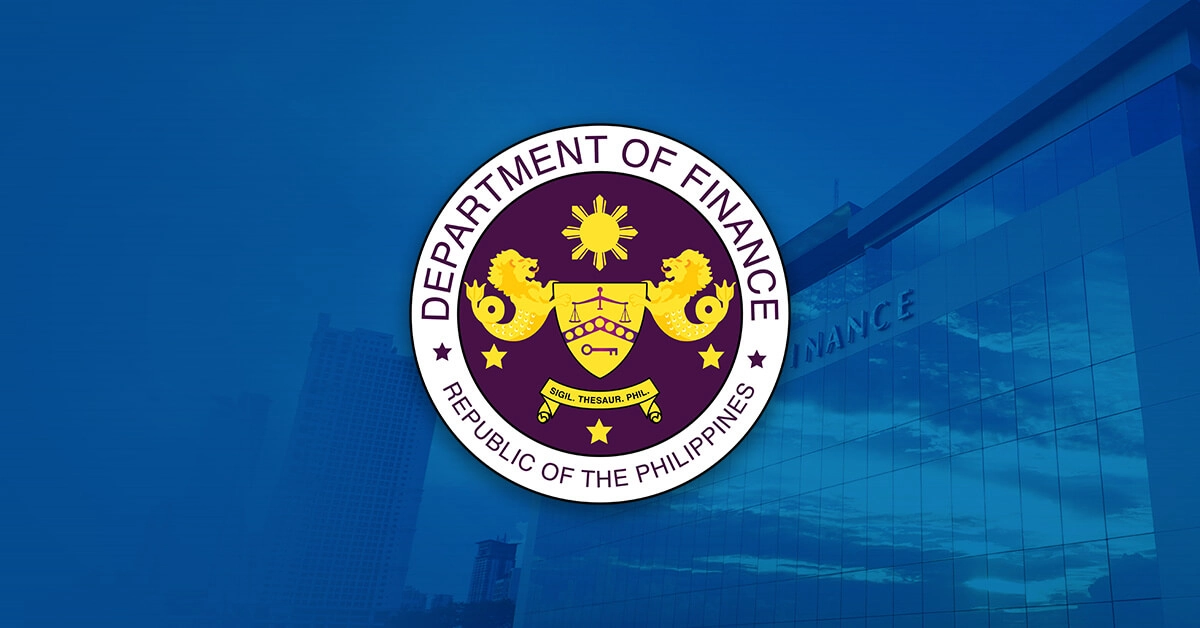WASHINGTON, DECEMBER 22, 2015 – A new contingent line of credit to support the Philippines’ efforts to manage the risks posed by natural disasters was approved by the World Bank Group’s Board of Executive Directors today.
The Second Disaster Risk Management Development Policy Loan with a Catastrophe Deferred Drawdown Option (CAT-DDO 2) provides US$500 million to strengthen investment planning and regulations to reduce disaster risks and help manage the financial impacts when disasters strike.
“The Philippines is among the most vulnerable countries in the world. Together, the 20 most vulnerable countries face escalating losses of $44.9 billion due to climate-related natural disasters alone. Inaction is set to cost us even more. With the number set to multiply almost ten-fold by 2030, amounting to $418 billion, we turn to innovative financing mechanisms to boost our resilience,” said Finance Secretary Cesar V. Purisima.
The Philippines can access the new credit line following “a state of calamity” declared by the President.
CAT-DDO 2 gives the Philippines flexibility to use the funds as needed. The drawdown period is three years and renewable up to four times for a total of 15 years. Amounts repaid during the drawdown period are available for subsequent withdrawal.
The Philippines was the first country in the Asia and Pacific region to use this type of financing option with the CAT-DDO in 2011. This second CAT-DDO will provide the government with a platform for sustaining reforms and effectively implementing the country’s disaster risk reduction and management program.
On average, more than 1,000 lives are lost every year in the Philippines, with typhoons accounting for 74 percent of the fatalities, 62 percent of the total damages, and 70 percent of agricultural damages. Also, the country is highly exposed to geologic hazards including earthquakes and volcanic eruptions.
In 2013, Typhoon Yolanda (Haiyan) devastated the country causing over 6,000 fatalities and thousands more missing, and creating extensive damage to properties, infrastructure, businesses, and livelihoods. Total damage and losses reached P571.1 billion (USD 12.9 billion), cutting economic growth by about 0.9 % in 2013, and another 0.3 % in 2014. As a result, about 2.3 million people fell below the poverty line.
“Financial shocks caused by natural disasters undermine economic growth and poverty reduction. This is the environmental equivalent of the middle income trap. Governments need to be agile in mobilizing resources if we are to break free from disaster-traps that knock back the poorest and most vulnerable,” said Secretary Purisima.
The Department of Finance (DOF) developed the Disaster Risk Financing and Insurance Strategy in 2015 to ensure financial resilience at the national, local, and individual levels.
At the national level, the government will combine different financial instruments to protect the country against major events, including reserves such as the national and local disaster risk reduction fund, and contingent credit such as CAT-DDO 2.
At the local and individual levels, the DOF is working with the World Bank to set up a subnational insurance pool to provide local government units with immediate liquidity following disasters and design a property catastrophe risk insurance pool for homeowners and businesses.
The DOF is also collaborating with Department of Social Welfare and Development to set up a system of emergency income support through post-disaster cash transfers utilizing the payment infrastructure of Pantawid Pamilya, the country’s conditional cash transfer program. This will help strengthen post-disaster assistance to the poorest and most vulnerable.
According to World Bank Country Director Motoo Konishi, this new operation signifies the World Bank’s recognition of the Philippines’ comprehensive efforts to strengthen the country’s capacity for managing disaster risks.
Following Tropical Storm Ondoy (Ketsana) and Typhoon Pepeng (Parma) in 2009, legislators passed Republic Act 10121 or the Philippine Disaster Risk Reduction and Management (DRRM) Act mandating a shift from disaster response to disaster risk reduction and preparedness.
“If not managed well, disasters can roll back years of development gains and plunge millions of people into poverty,” said Konishi. “Disasters can induce and exacerbate poverty through the loss of lives, destruction of assets, disruption of economic activities and trade, and indirect impacts on health, mobility, gender equality, and access to education.”




